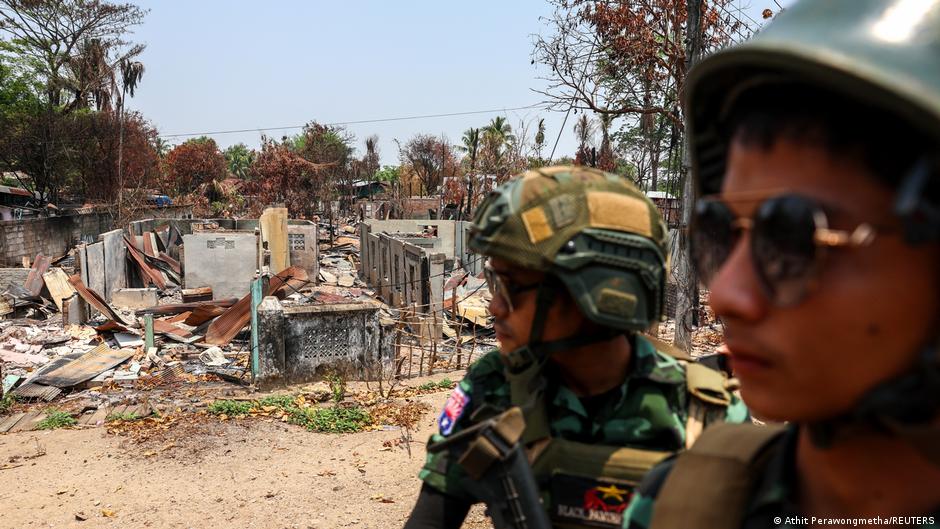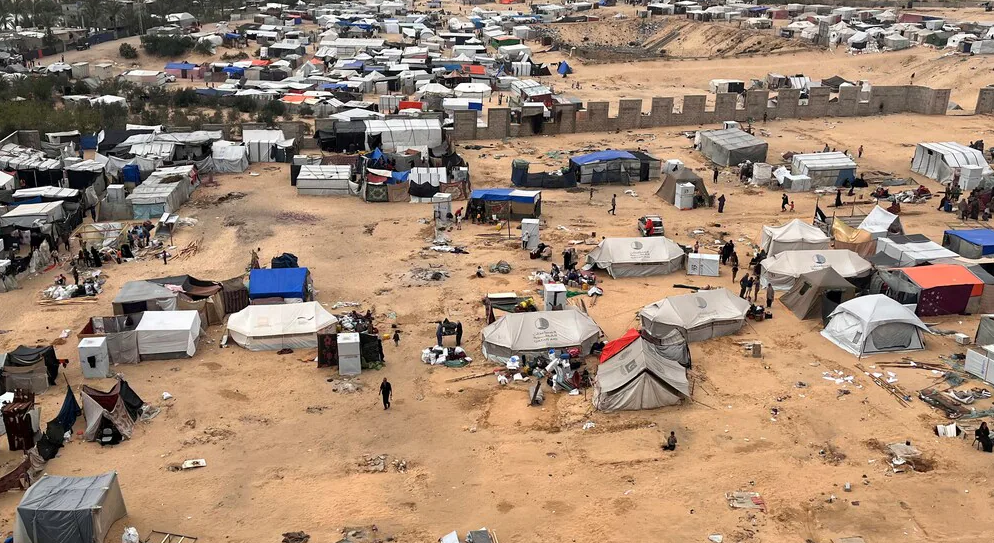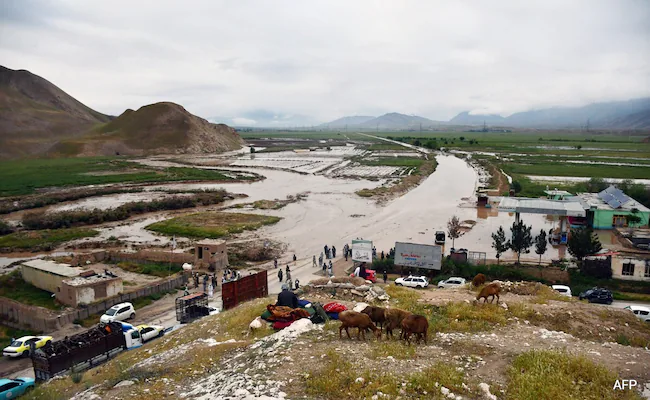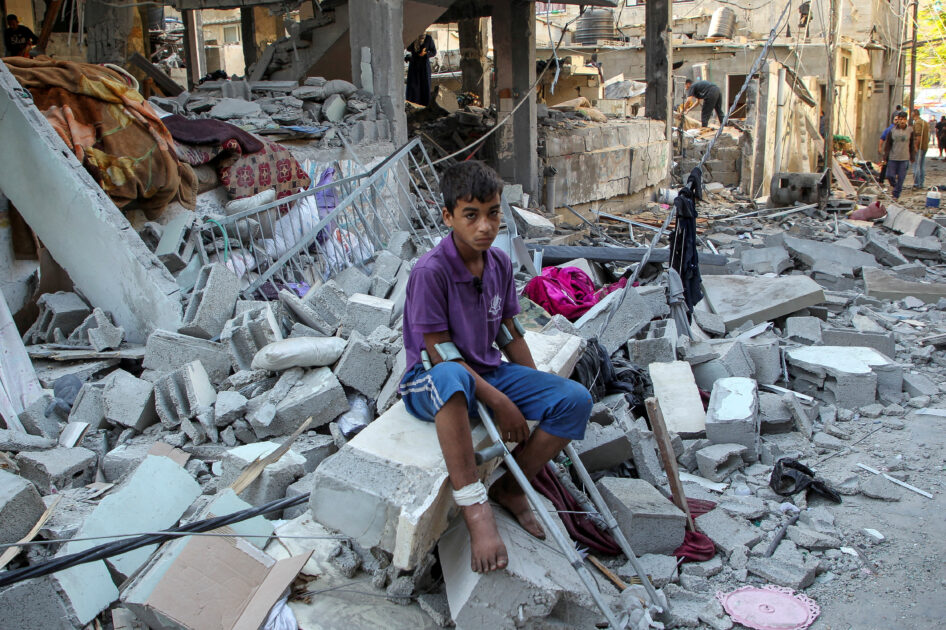- Web Desk
- 2 Hours ago
Myanmar: Multi-ethnic civil war is tearing the country apart
-
- Web Desk
- Apr 28, 2024

NAYPYIDAW: Four years ago, a coup plunged Myanmar into civil war, proliferating armed groups in a place already rife with ethnic divisions. With the country disintegrating, neighbours are alarmed.
Myanmar is now four years into a civil war that shows no sign of abating. Following an October 2023 offensive in the north-eastern state Shan, the military junta, known as the State Administrative Council (SAC), lost control over swathes of territory on the border with China.
Read more: Myanmar junta chief calls for unity, says military holding power ‘temporarily’
In early April the border town Myawaddy, an important transit point for the flow of goods between Thailand and Myanmar, fell under the control of the Karen people, an ethnic minority group that has been battling the central government for decades. As of late April, Myawaddy was back under SAC control. The situation remains volatile.
On the other side of Myanmar, on the western border with Bangladesh, an armed ethnic group named the Arakan Army is giving the SAC military a hard time.
The governing junta is on the back foot and under immense pressure in Myanmar’s border regions, only able to launch retaliatory attacks from the air or with long-range artillery.
“The Civil War is going on and it won’t stop any time soon,” an expert from Yangon, who cannot be named for security reasons, told DW. The military isn’t on the brink of defeat either, the source stressed.
History repeating itself
The current situation, while dramatic, isn’t totally new. Today’s Myanmar, formerly known as Burma, has never been a fully functioning nation state since gaining independence in 1948.
No central government has ever succeeded in ruling the entire country. And certainly no common national identity has ever emerged in this land of many ethnicities. The intensity of the conflict between them all has ebbed and flowed over the course of the past 76 years as has the extent of central government control.
Nonetheless the military coup against the government of Nobel Peace Prize winner Aung San Suu Kyi in February 2021 ushered in a whole new phase of fragmentation.
The main difference now is that these divisions are more obvious, according to the anonymous Yangon source. “The country used to be fragmented but it wasn’t as visible. Today people can see it with their own eyes because of social media and interconnectedness,” they said. Talk of the country’s possible disintegration is on the rise, they added.
The already complicated landscape of Myanmar’s conflict has only become more complex. Before the military coup in 2021, there were around 24 armed ethnic groups in Myanmar and hundreds of militias. The number of troops in each group varied from several hundred up to an estimated 30,000 fighters in, for example, the United Wa State Army (USWA) and the Arakan Army.
Since the coup, another 250 to 300 of the so-called People’s Defense Forces (PDF) have been added to this list. These are thought to total around 65,000 fighters. Some of the PDFs are under the control of the opposition National Unity Government, some act independently, and others are in close coordination with larger ethnic armed groups.
In addition there are many criminal cartels that have gained influence during the last four years. These also overlap with the military as well as some ethnic groups.
Conflicts between ethnic groups persist, although the focus is currently on fighting the military junta. “The conflict is not simply one against many, but many against many. It’s not just the military against the rest,” the Yangon expert explains.
The question of whether the country could definitively fall apart is being taken more seriously, including at the United Nations and among diplomats, Charles Petrie, former UN coordinator for Myanmar, told DW.
Richard Horsey, an analyst from the think tank Crisis Group International and a long-time Myanmar observer, told DW that there was no doubt fragmentation was on the rise. Nonetheless, Horsey doesn’t believe Myanmar would collapse entirely and end up in violent chaos like Libya or Somalia.
“Because Myanmar isn’t a well-functioning, centralized state that has suddenly fallen into atomization. It’s a country that was pretty fragmented. It’s always been fragmented to some extent or another,” he said.
In the past, discussions on Myanmar’s long-term future have repeatedly focused on how to build a political structure in which all ethnic groups are represented. The buzzword has always been federalism. Even today, there are efforts to build a federal democratic constitution, but the process is difficult. Some groups keep breaking off negotiations, others decline to take part.
Read more: India deports first group of Myanmar refugees
In the meantime, neighboring countries fear the effects of Myanmar’s continued disintegration. India is building a fence on the border. Thailand is preparing for another influx of refugees. China held military maneuvers on the border with Myanmar in April. And Bangladesh will have to provide for the persecuted Rohingya people for the foreseeable future.
Among neighbouring countries, there is a “self-serving and cynical” foreign policy approach that keeps all options open, Criss Group’s Horsey said. “They understand the coup was bad. They understand very bad things are happening in Myanmar. But for their own interest, they’ve maintained close relations with the regime.”




